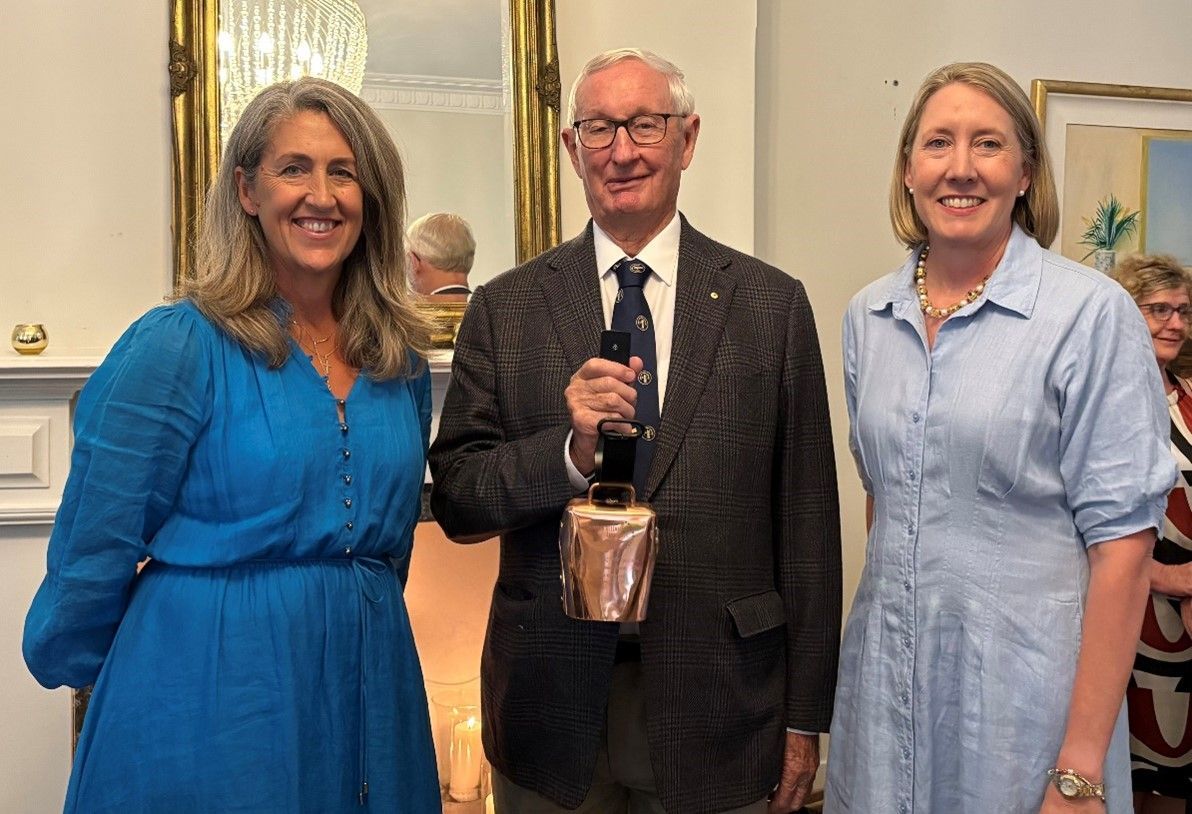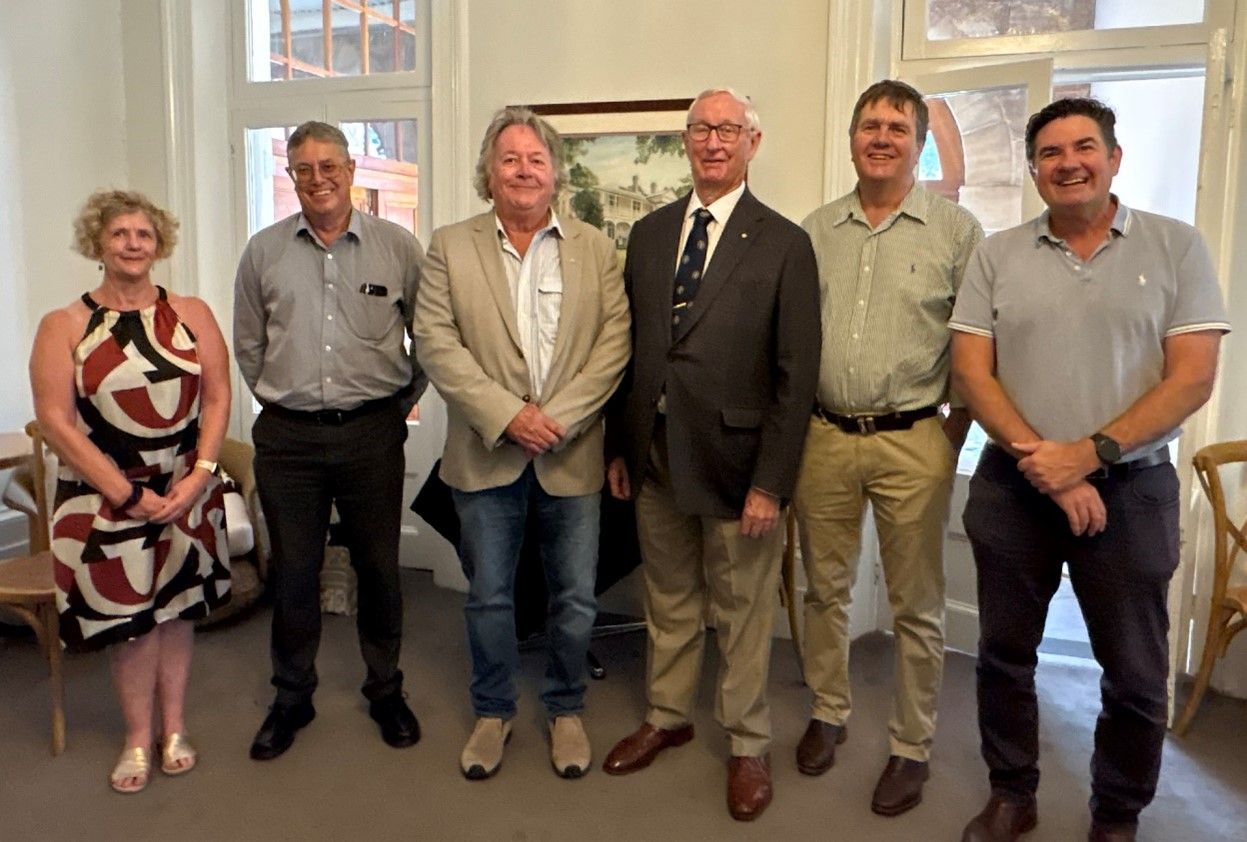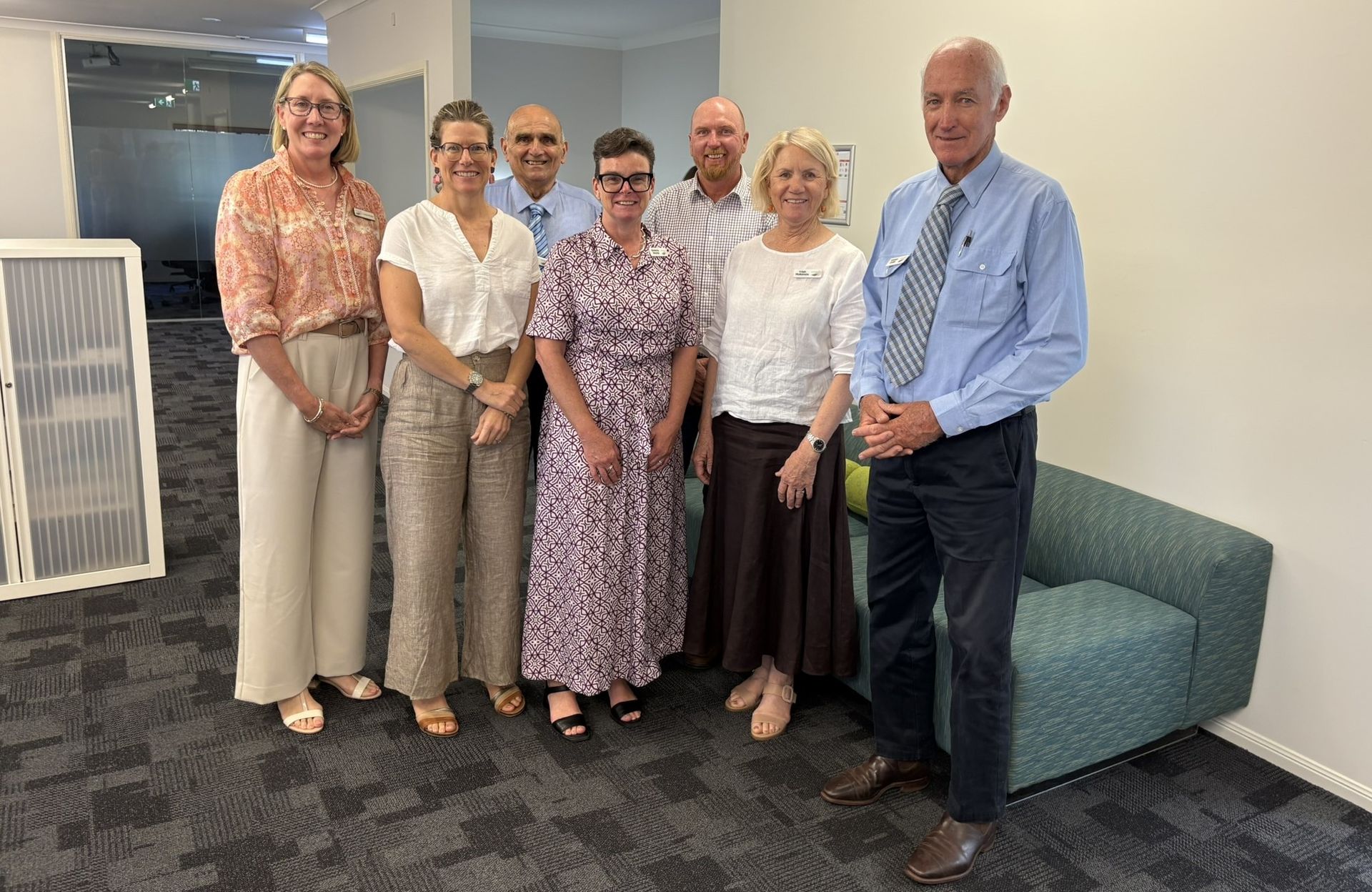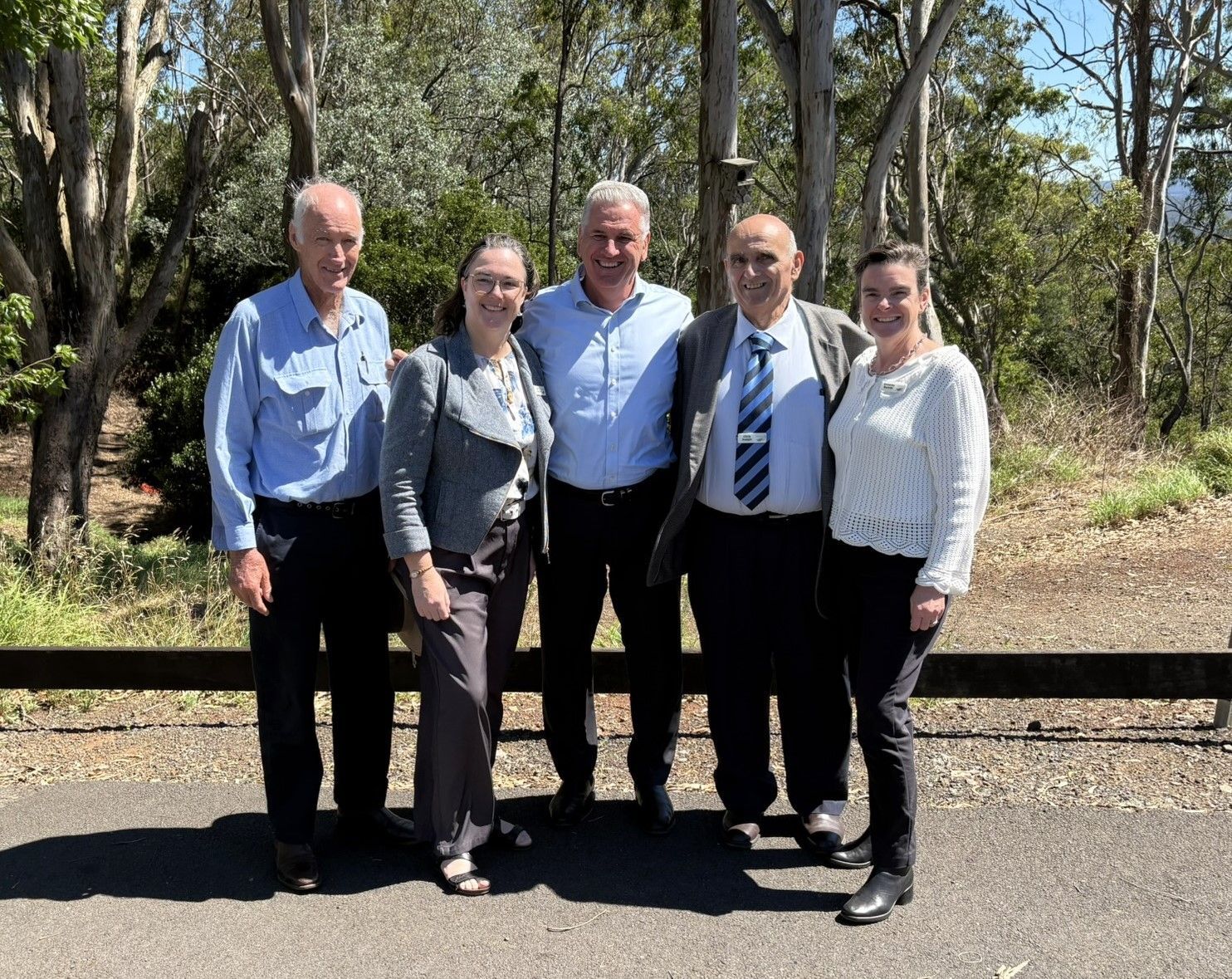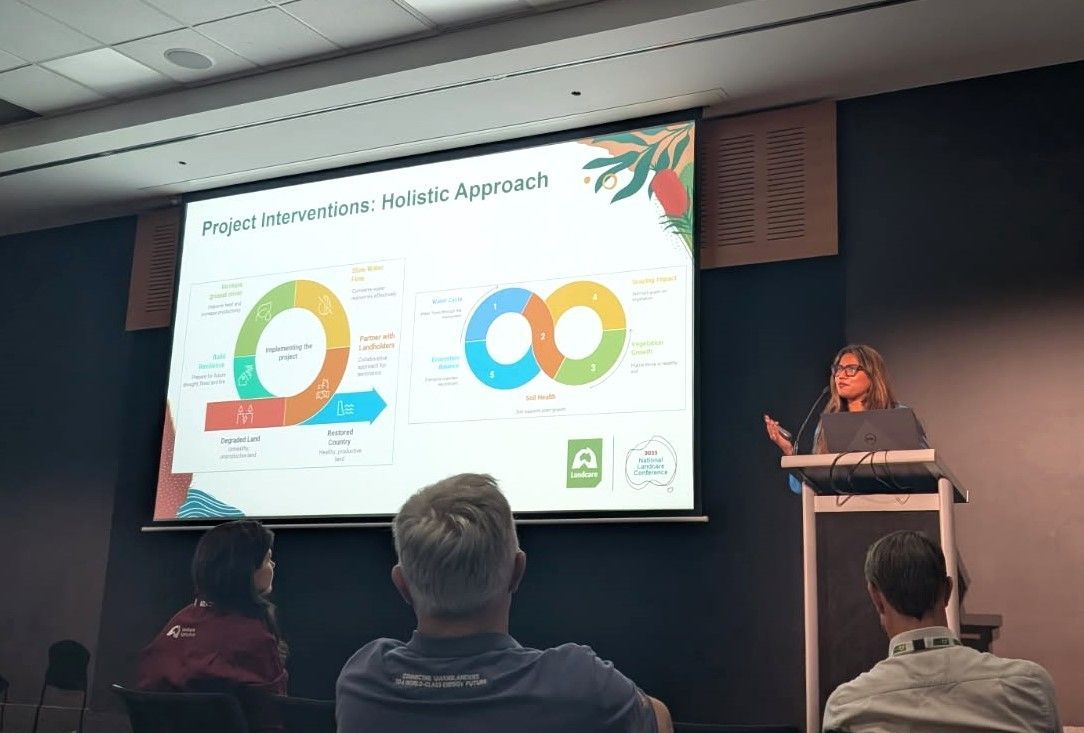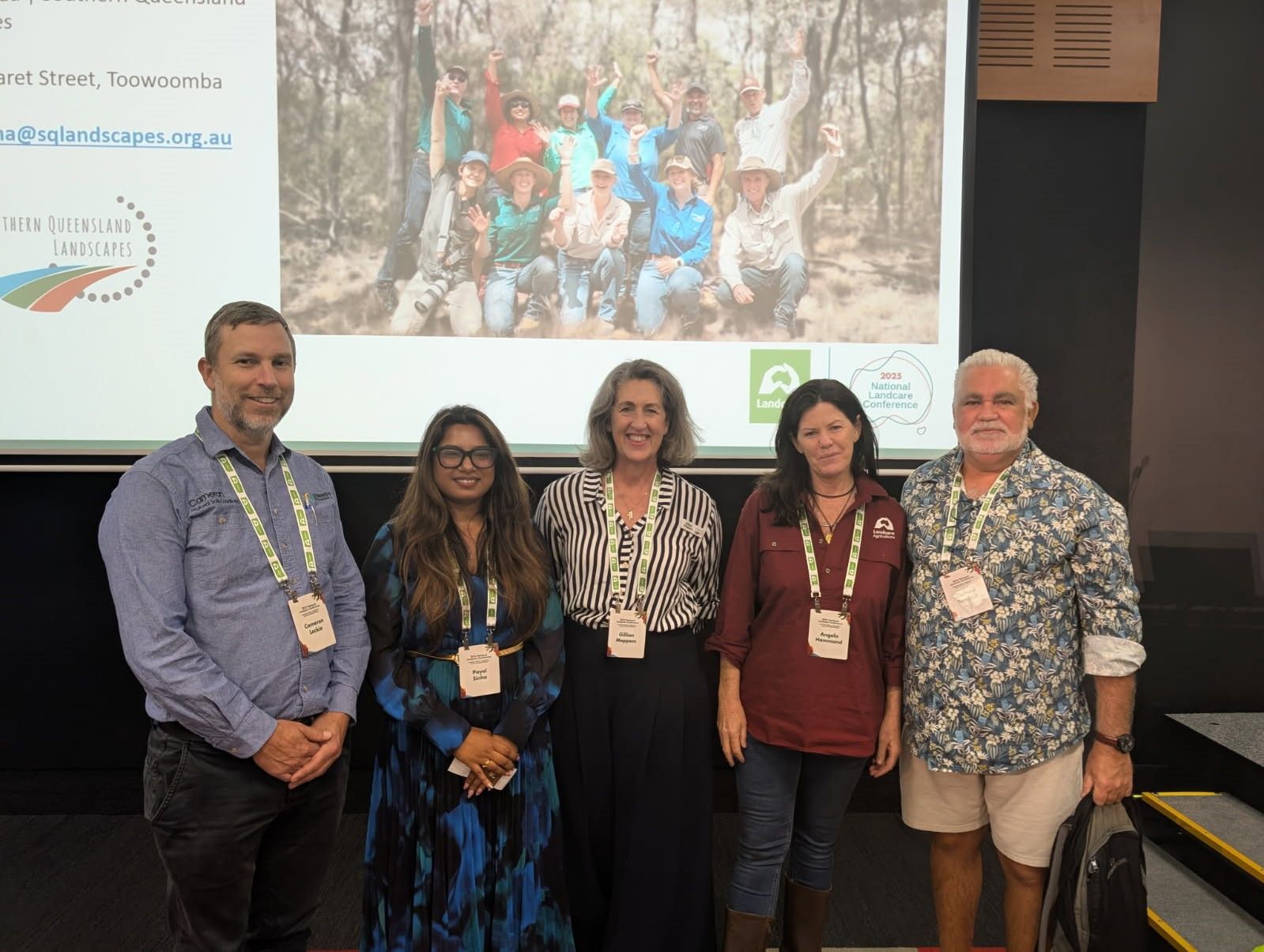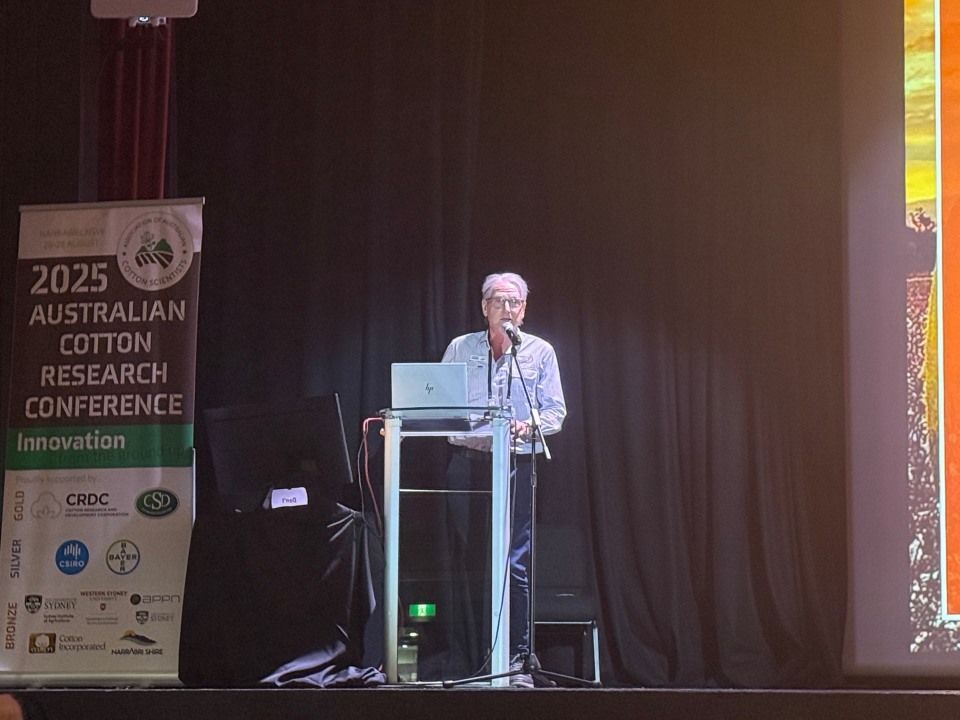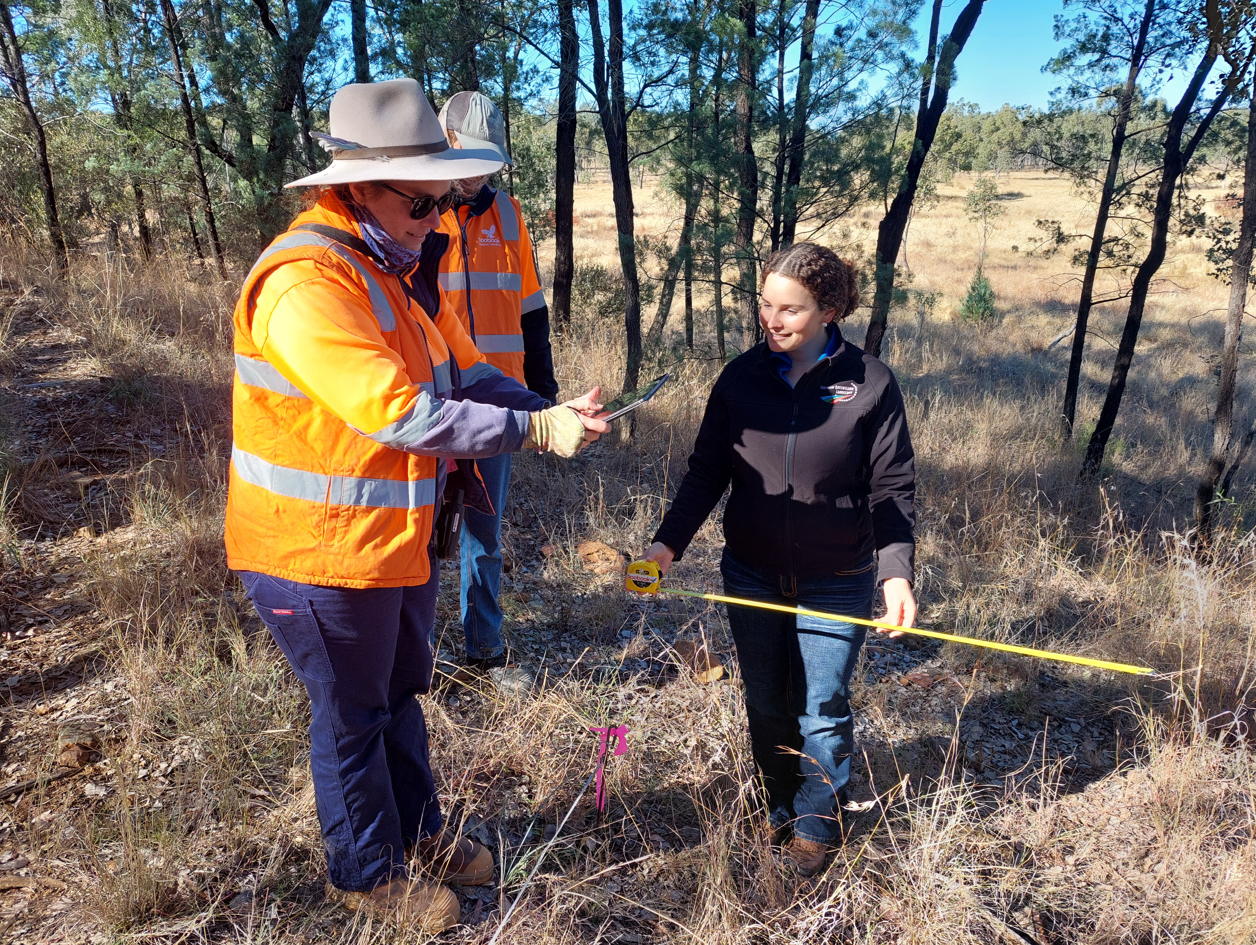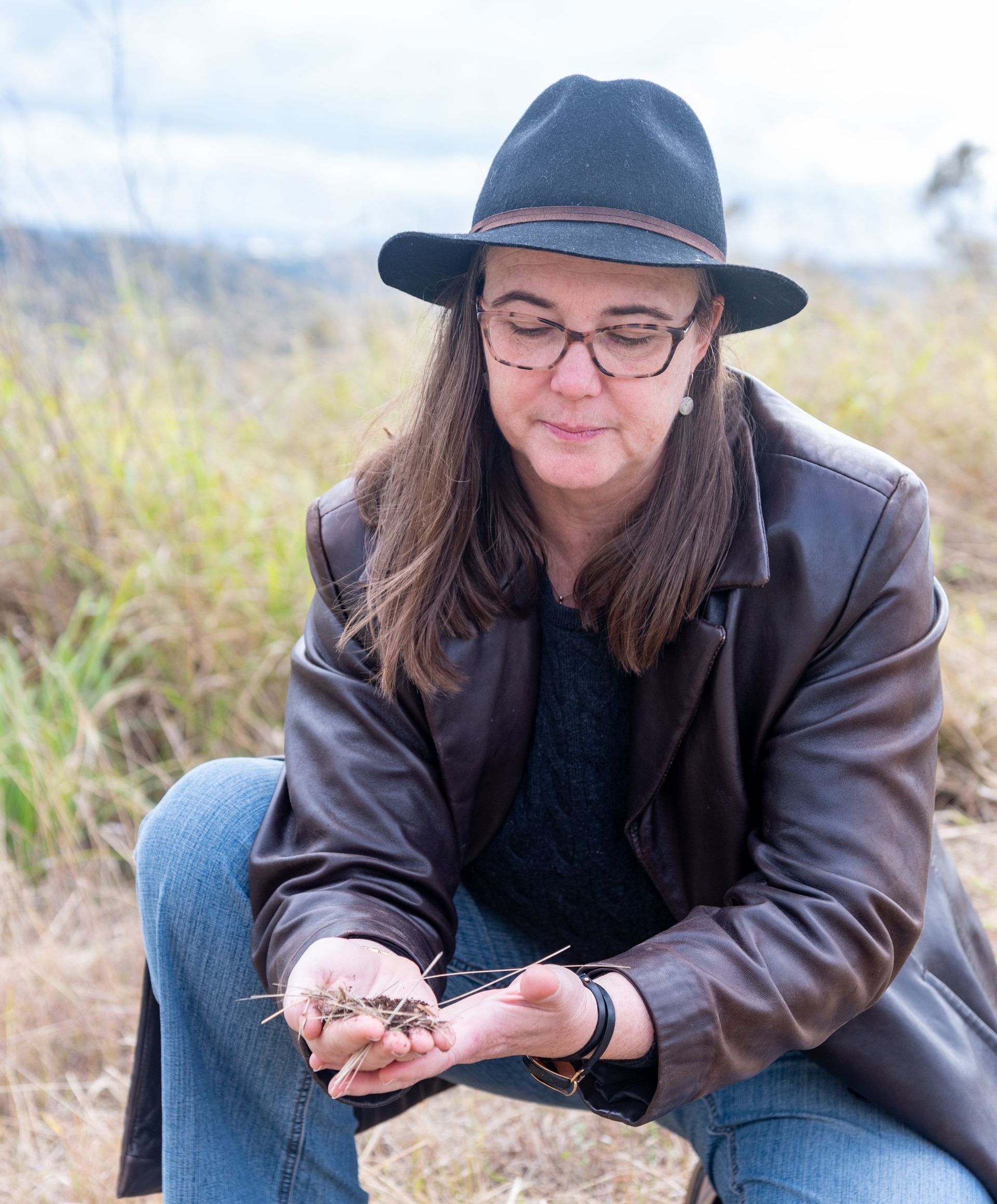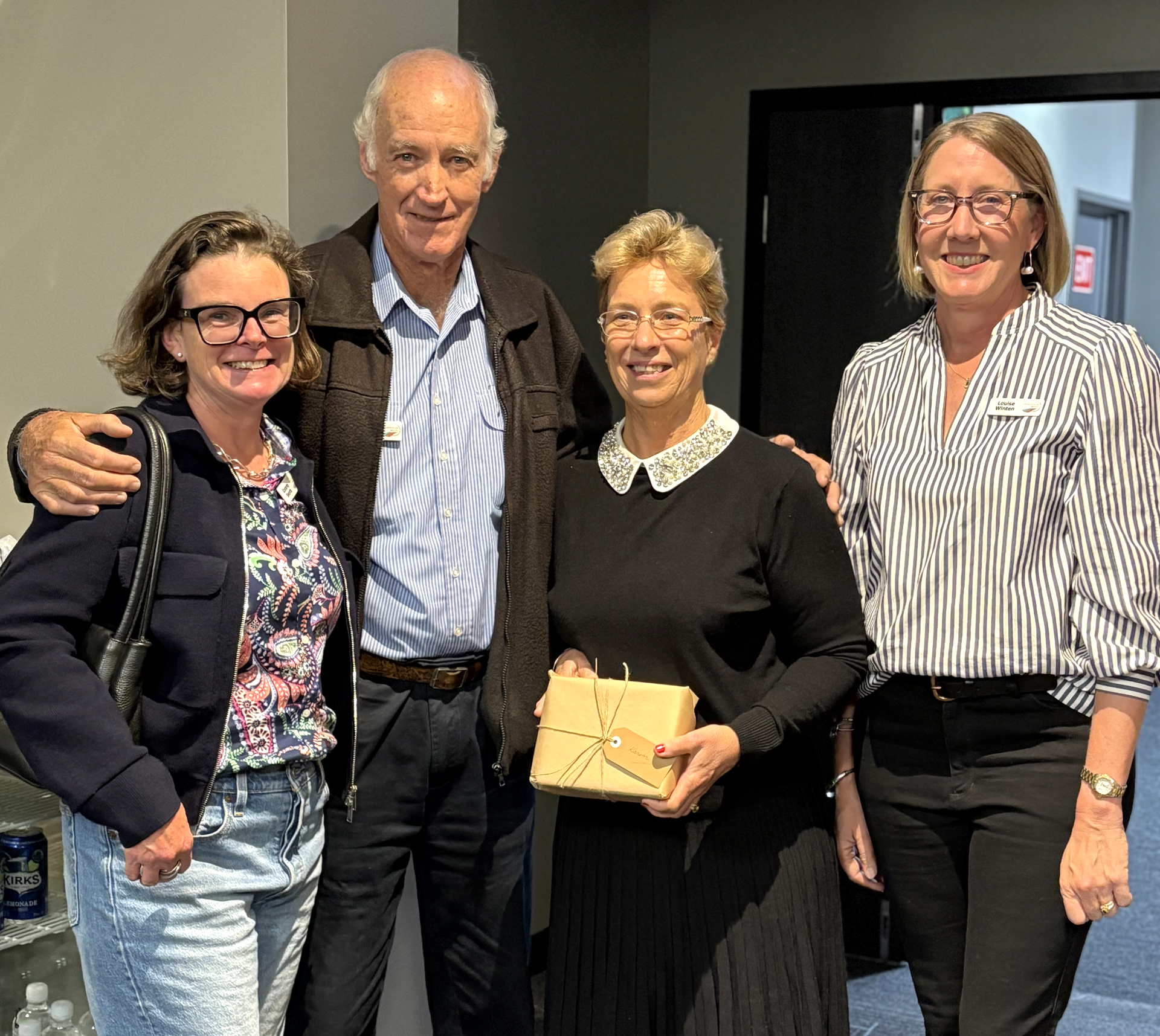This week marked the final Board meeting for retiring Southern Queensland Landscape Chair, The Hon Bruce Scott AM. The Southern Queensland Landscapes Board hosted a function at Gip’s restaurant in Toowoomba, joined by past Directors, industry stakeholders and the Southern Queensland Landscapes Management team, where Bruce was warmly acknowledged and thanked. Bruce offered special thanks to his dear wife Joan for her support during his period of service to Southern Queensland Landscapes, in particular the warm country hospitality she has offered to many visitors to Roma. Bruce also recognised and thanked Southern Queensland Landscapes Company Secretary Pam Murphy, who has supported Bruce in his service to Southern Queensland Landscapes since the organisation’s inception.

As is well known, Southern Queensland Landscapes is the result of combining stakeholders from Condamine Alliance Limited, Queensland Murray Darling Committee Incorporated, and South West NRM Limited. Mark O’Brien was chair of South West NRM, Graham Cooke was President of the Queensland Murray Darling Committee, and George Moore was chair of Condamine Alliance. The three companies formed an interim committee to establish Southern Queensland Landscapes which Mark O’Brien chaired. This committee became the interim Board on 1 July 2018. The first general meeting of the company was held on 28 October 2018 in Roma with the first chair, Hon Bruce Scott AM duly elected. From that day onward, Bruce immersed himself in the role giving many hours of his time to ensuring the success of the organisation. Through his role as Chair of Southern Queensland Landscapes, Bruce became a director of NRM Regions Queensland, the state level organisation representing 12 NRM groups in Queensland. Bruce leaves a legacy of understanding and advocating for Southern Queensland people and places, politics in general, business leaders, agricultural and community leadership and an ongoing commitment to First Nation Peoples across the region.
Following Bruce’s retirement, current Deputy Chair Louise Winten will step into the role of acting Chair whilst the Board undertakes recruitment for Southern Queensland Landscapes’ next Chair. Director Chris Joseph will step in as acting Deputy Chair during this time.
